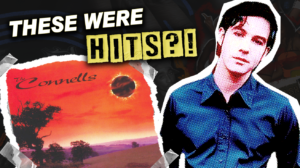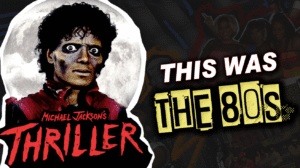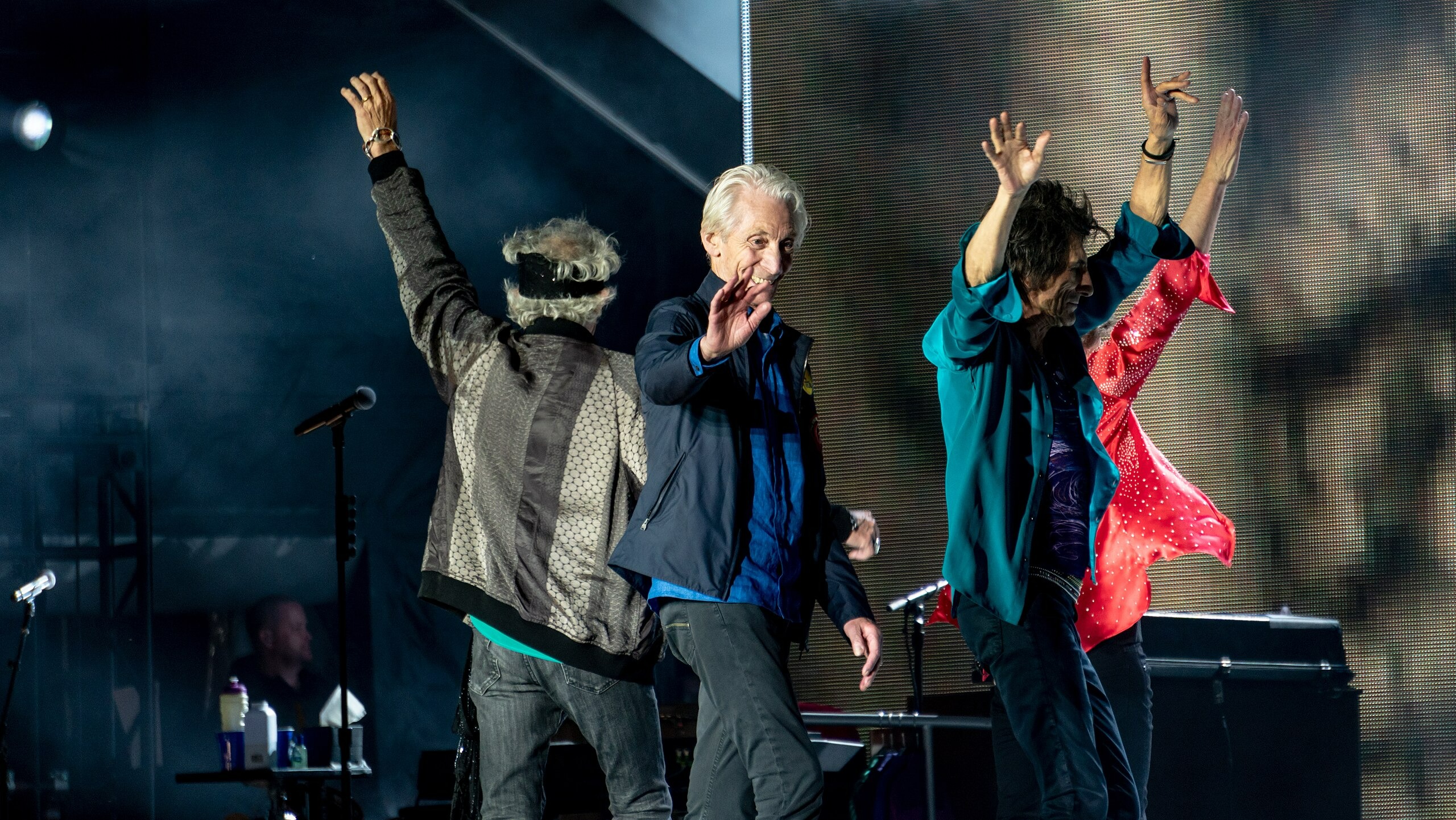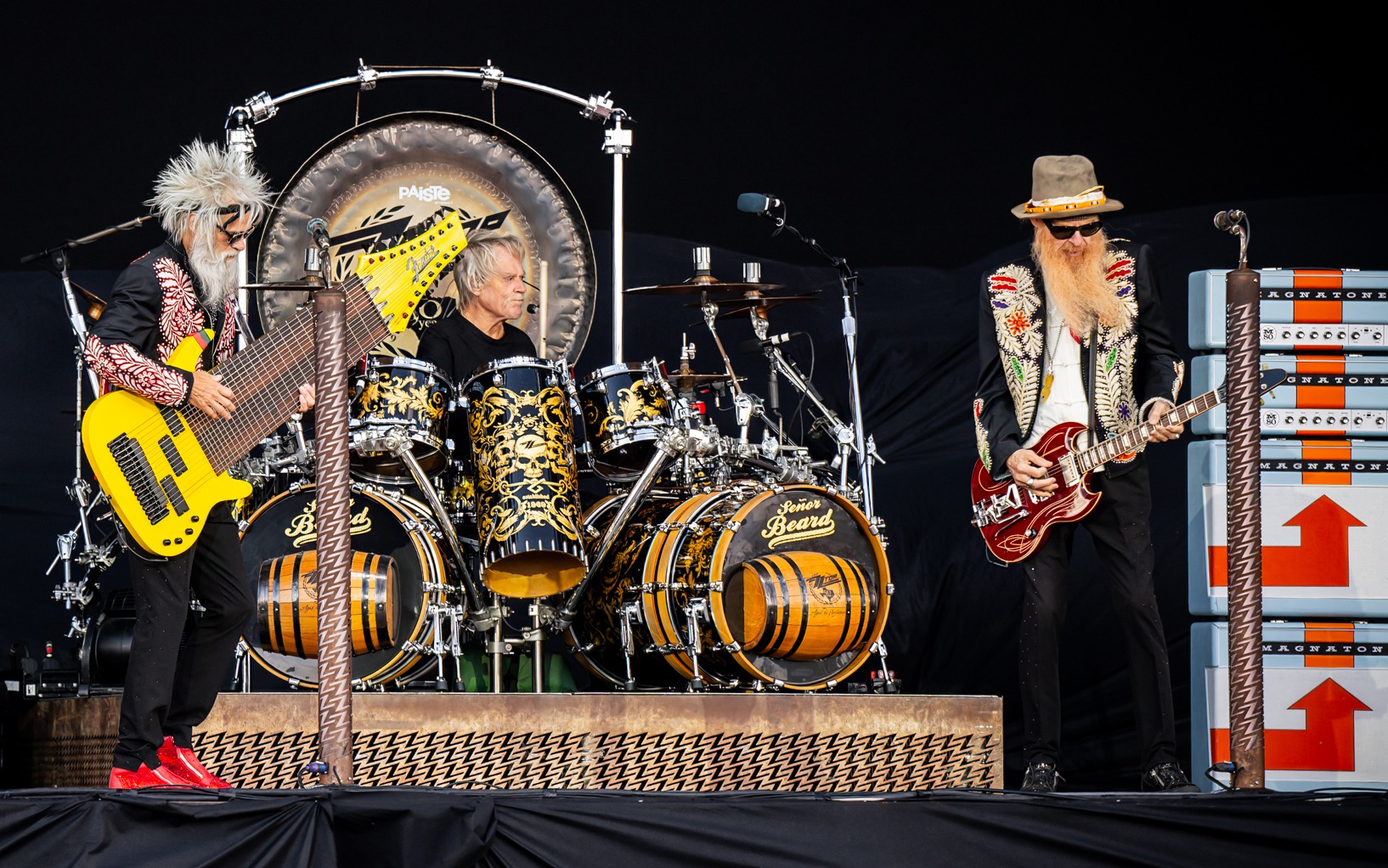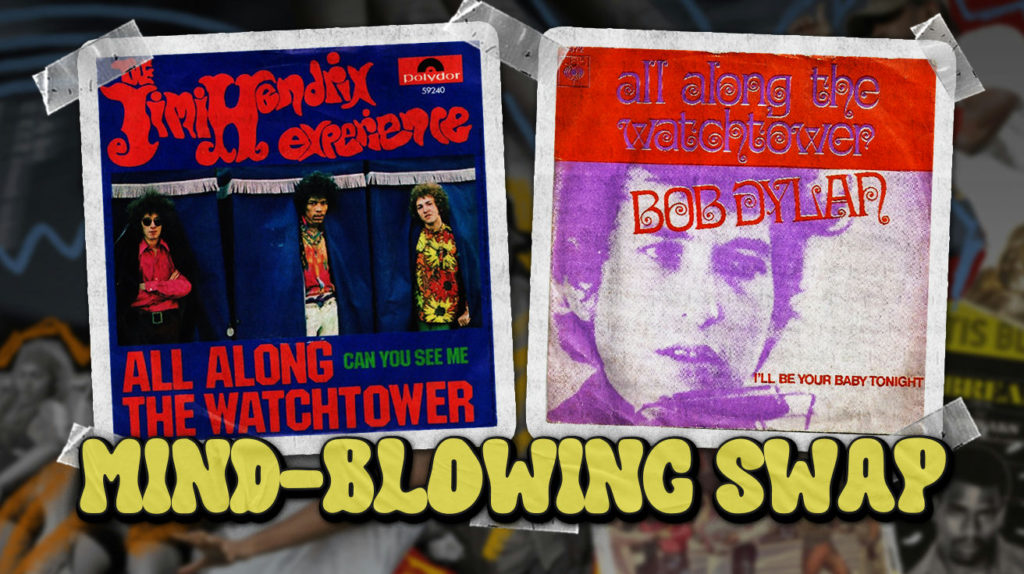
Cover songs walk a dangerous tightrope between tribute and transformation. Most fall flat, adding nothing new to familiar melodies. But occasionally, an artist grabs someone else’s creation and completely rewires its DNA—like a master chef taking a basic recipe and turning it into a Michelin-starred masterpiece. These aren’t just reinterpretations—they’re musical hostile takeovers that leave the originals gathering dust while the covers become cultural landmarks.
From Hendrix turning Dylan’s folk meditation into psychedelic prophecy to Cash transforming industrial angst into end-of-life reflection, these 19 covers didn’t just match their sources—they obliterated them, creating new classics that many listeners don’t even realize are borrowed goods. For readers new to the topic, a brief cover version history can clarify how these reinterpretations have shaped music culture.
19. “Mad World” – Gary Jules & Michael Andrews (Original: Tears for Fears)
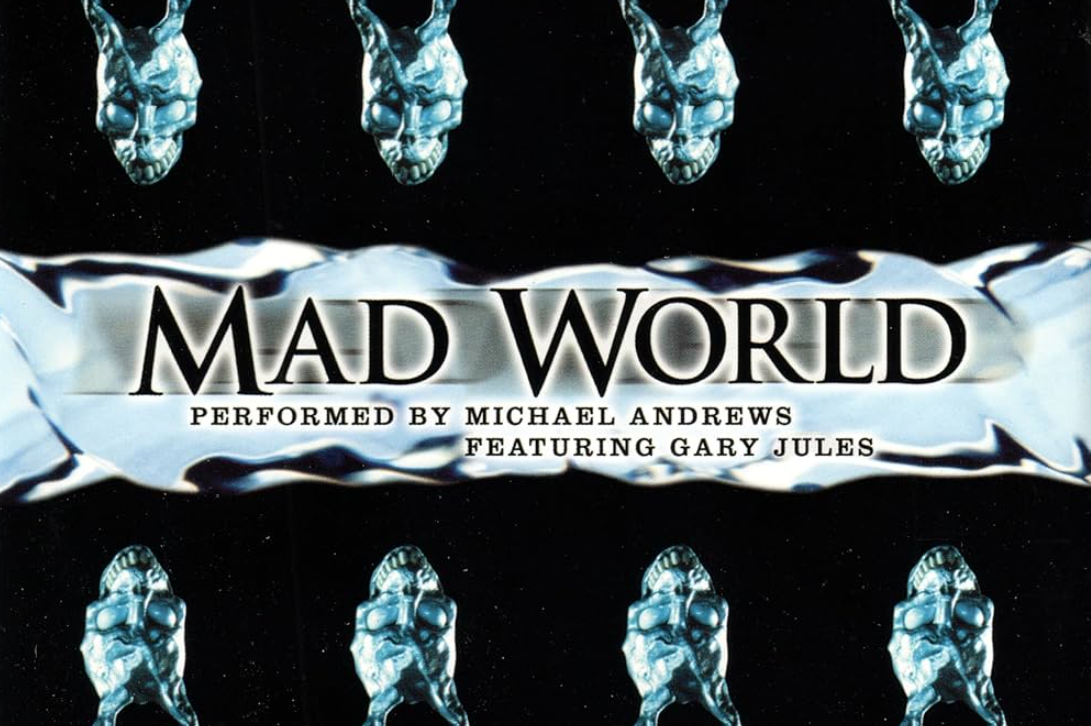
Jules and Andrews stripped away new wave production, revealing profound melancholy at the song’s core. Sparse, piano-driven arrangement for the Donnie Darko soundtrack created haunting meditation on alienation that resonated with millions globally. The impact of cover versions in popular music is well-documented, with research showing that reinterpretations like this can significantly influence both genre trends and artist legacies.
The cover topped UK Christmas charts in 2003, becoming the definitive version for countless listeners. Their interpretation shows how removing production layers sometimes reveals emotional essence more effectively than addition.
18. “Girls Just Want to Have Fun” – Cyndi Lauper (Original: Robert Hazard)
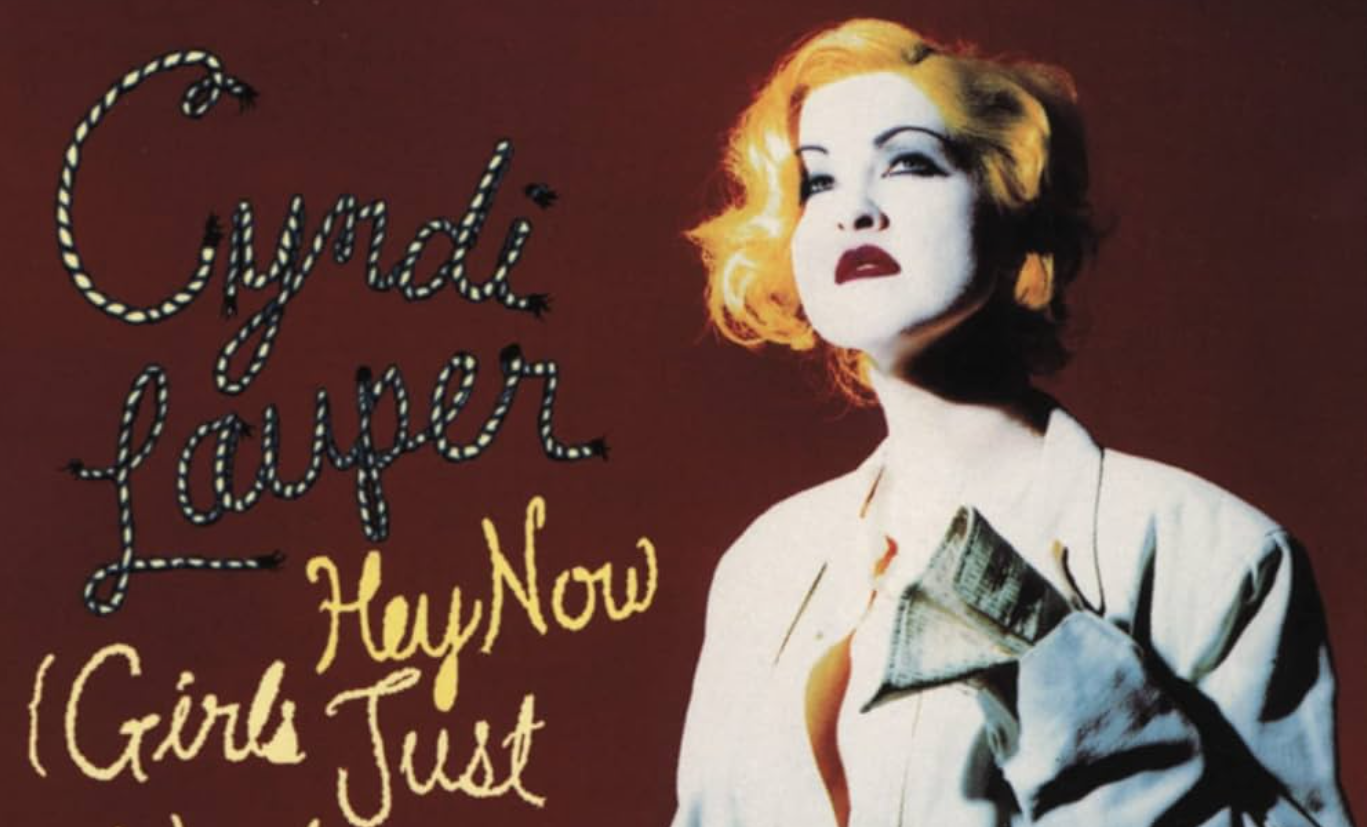
Cyndi Lauper transformed Hazard’s male-perspective track into female empowerment anthem that defined a generation. Exuberant performance and colorful video created cultural phenomenon that completely obscured the original version.
Gender perspective shift fundamentally changed the song’s meaning, turning man’s take on female behavior into authentic expression of feminine joy. Lauper’s version proves how performer identity can alter cultural significance completely.
17. “Hurt” – Johnny Cash (Original: Nine Inch Nails)
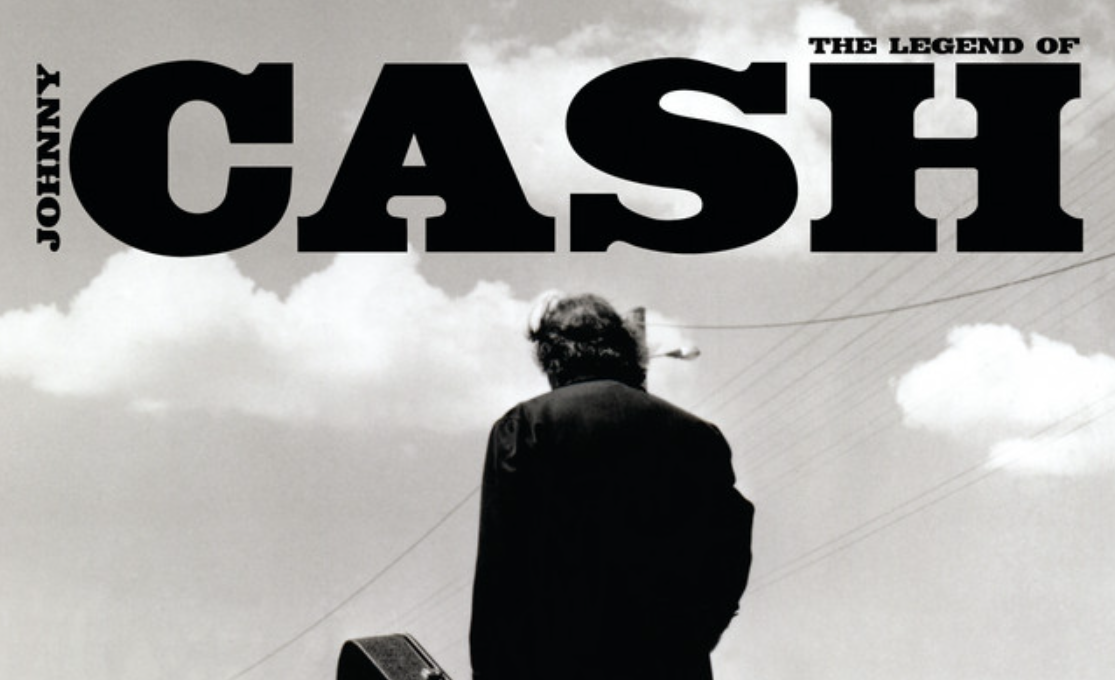
Cash’s haunting interpretation strips Trent Reznor’s industrial self-loathing down to skeletal essence. Recorded at 71, months before his death, the cover transforms youthful angst into profound end-of-life reflection. Every weathered note carries the weight of decades. Critics widely regard Johnny Cash’s cover of “Hurt” as a transformative performance that redefined the song’s meaning and emotional weight.
The accompanying video creates a visual memoir as powerful as the music itself. Cash’s voice brings devastating gravitas to “Everyone I know goes away in the end,” demonstrating how context and performer can completely reshape emotional impact.
16. “Tainted Love” – Soft Cell (Original: Gloria Jones)
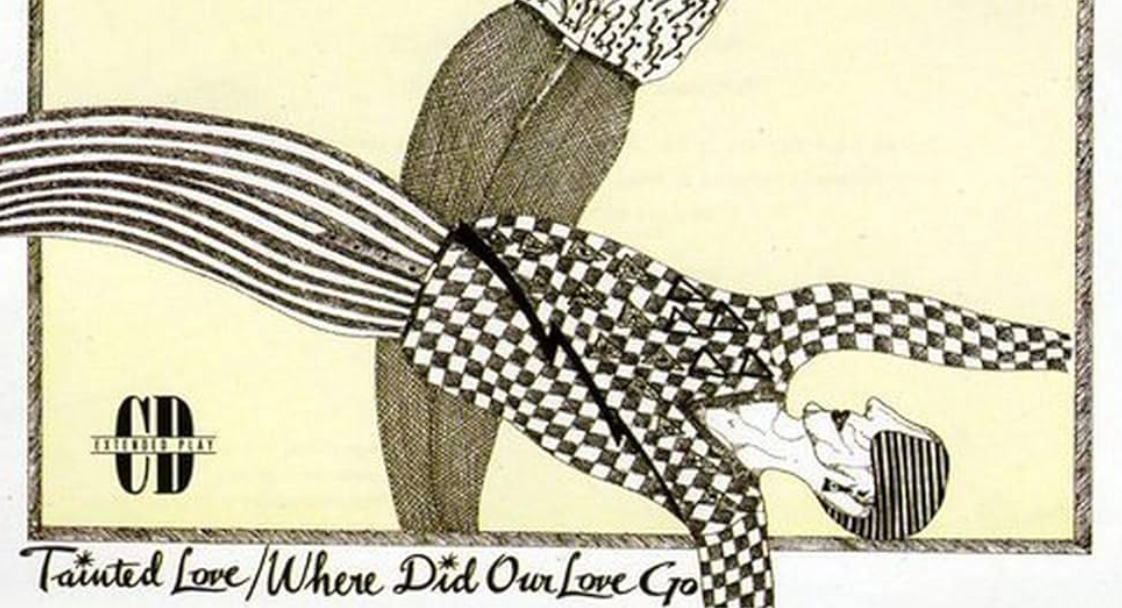
Soft Cell’s synth-pop reinvention rescued a forgotten Northern Soul B-side and turned it into an ’80s club staple. Replacing the original’s live drums with a drum machine and adding that iconic Moog synthesizer hook, Marc Almond’s detached yet emotional vocal completely reimagined Jones’s R&B original for the new wave era. Soft Cell’s synth-driven arrangement and Marc Almond’s vocals established their take as the definitive cover of “Tainted Love”, overshadowing the original.
This transformation created an enduring dance floor classic that continues resonating decades later. Soft Cell’s version demonstrates how technological innovation can recontextualize familiar material, finding new emotional territory in existing lyrics through pure sonic alchemy. Sometimes, musical makeovers can broaden your horizons, revealing just how powerful a fresh take on a classic can be.
15. “Respect” – Aretha Franklin (Original: Otis Redding)
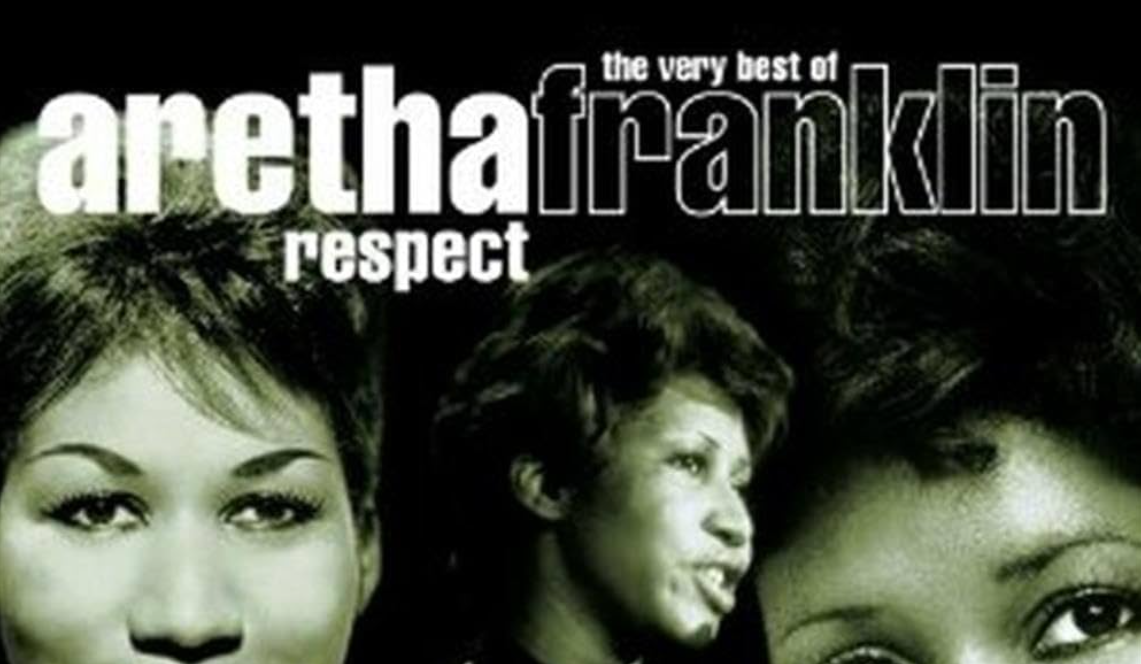
Aretha didn’t cover Redding’s song—she flipped its entire universe. What started as a man’s plea for recognition at home became a woman’s powerful demand for equality. Those iconic “R-E-S-P-E-C-T” spelling sequences and “sock it to me” refrains? Completely Aretha’s invention. Aretha Franklin’s “Respect” as a feminist anthem is frequently cited by music historians for its cultural and social impact. Franklin’s “Respect” quickly became a feminist anthem, empowering female fans worldwide and overshadowing Redding’s version by far. For more on how Aretha Franklin used her music to champion civil rights, see this feature on Franklin’s legacy.
Franklin’s 1967 transformation arrived at the perfect cultural moment, becoming an anthem for both civil rights and women’s movements. Her version proves how great covers can extract hidden dimensions from songs, revealing meanings even the original writers hadn’t fully explored.
14. “Valerie” – Amy Winehouse (Original: The Zutons)
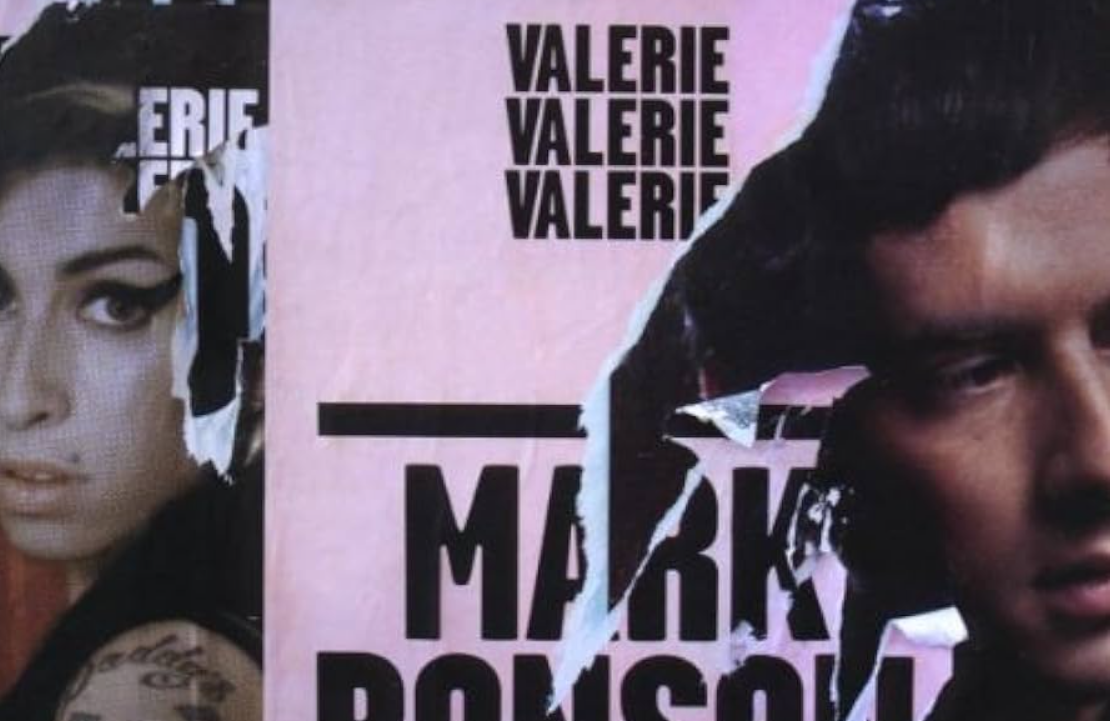
Winehouse’s collaboration with Mark Ronson transformed the Zutons’ indie rock track into soul-infused retro gem. Distinctive vocal phrasing and Ronson’s Motown-inspired production created a version that completely eclipsed the original’s cultural impact.
The cover showcased Winehouse’s interpretive genius and became one of her signature songs. Her version illustrates how great vocalists find perfect emotional registers for compositions, sometimes more effectively than creators.
13. “Higher Ground” – Red Hot Chili Peppers (Original: Stevie Wonder)
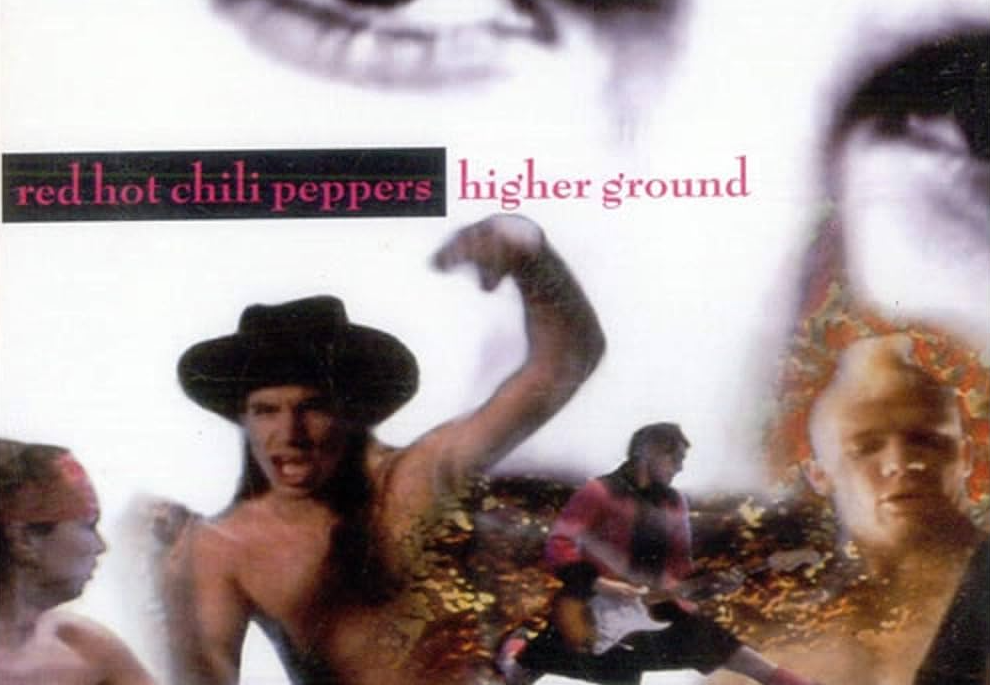
The Chili Peppers’ funk-rock reimagining injected Wonder’s spiritual anthem with frenetic energy and punk attitude. Flea’s slap bass and Anthony Kiedis’s rapid-fire delivery transformed the song while maintaining its uplifting message completely.
Their version became a breakthrough hit and live performance staple. The cover demonstrates how bands can honor musical influences while filtering through distinctive styles, creating something both familiar and fresh.
12. “Fast Car” – Luke Combs (Original: Tracy Chapman)
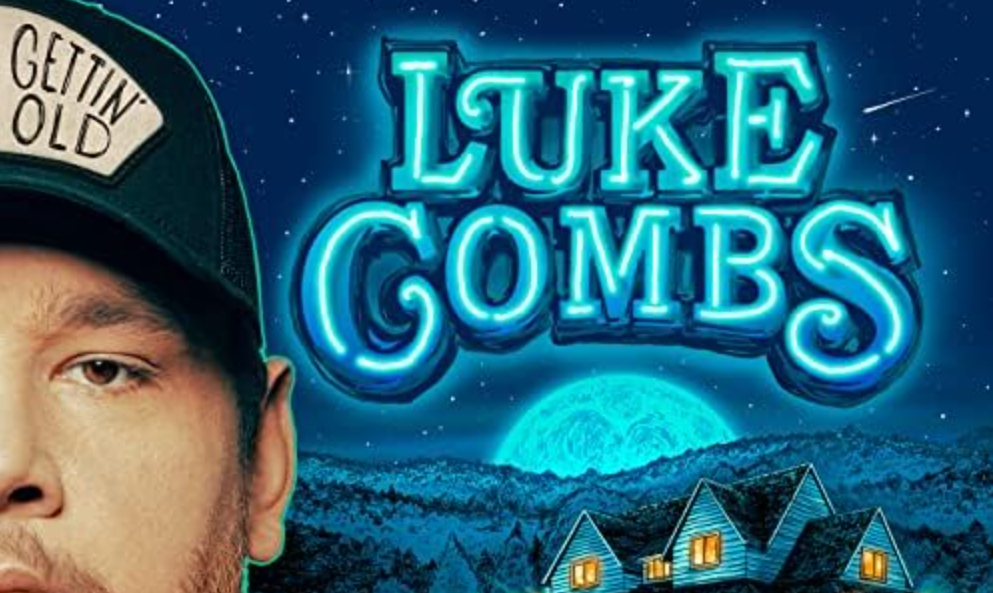
Combs’ country interpretation brought Chapman’s folk classic to new audiences while honoring its working-class narrative. Authentic delivery connects with themes of economic struggle and desperate hope, proving great storytelling transcends genre boundaries. Cover songs as a bridge between generations help timeless classics like “Fast Car” reach new listeners and maintain cultural relevance.
The cover topped country charts and introduced Chapman’s songwriting to listeners who might never have encountered her work. Combs’ version shows how thoughtful genre translation preserves essence while finding new resonances.
11. “All Along the Watchtower” – Jimi Hendrix (Original: Bob Dylan)
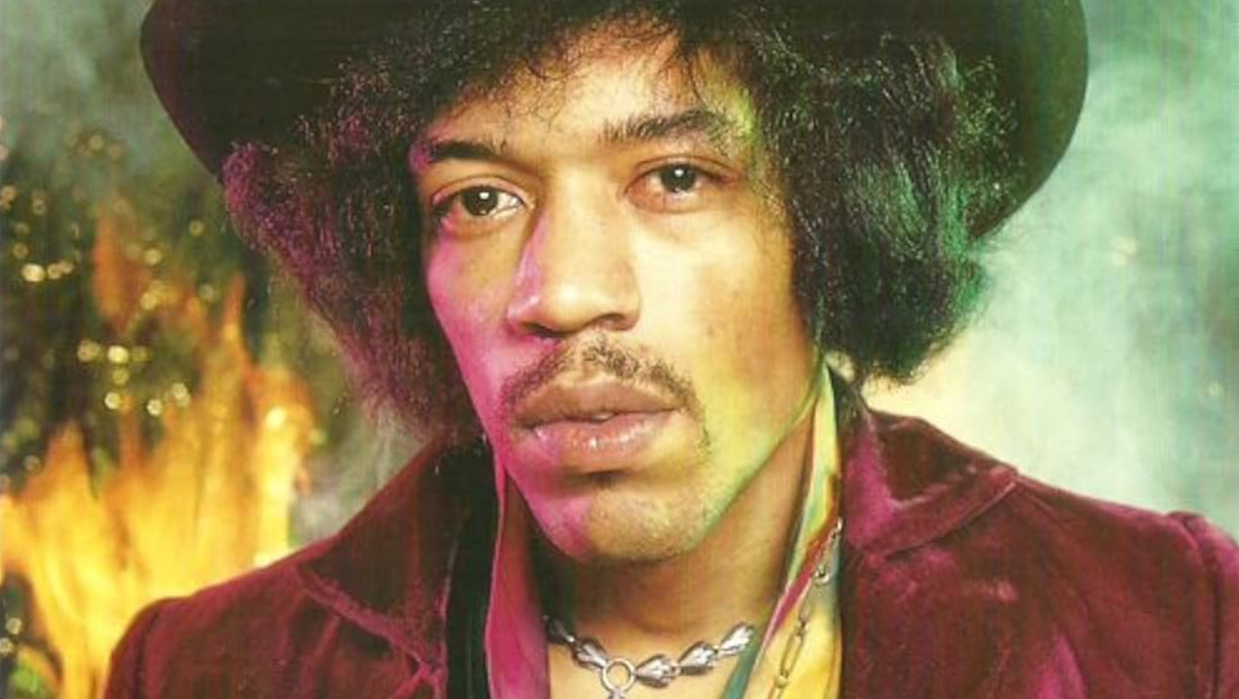
Hendrix grabbed Dylan’s sparse 1967 folk ballad and detonated it into a psychedelic rock hurricane. Shifting from Dylan’s original 3/4 time to driving 4/4, Electric Ladyland transformed three minutes of biblical imagery into apocalyptic prophecy, complete with that iconic wah-pedal guitar work that sounds like it’s simultaneously battling and dancing with itself. The urgency in Hendrix’s version makes Dylan’s original feel like a rough sketch. Jimi Hendrix’s transformative cover of “All Along the Watchtower” is often cited as an example of how reinterpretation can eclipse the original in both popularity and influence.
Dylan himself surrendered, performing the song in Hendrix’s style for the rest of his career. This cover reached the Top 20 and earned a Grammy Hall of Fame spot in 2001. Perfect proof that honoring a song’s essence sometimes means completely reimagining its rhythmic foundation.
10. “Nothing Compares 2 U” – Sinéad O’Connor (Original: Prince)
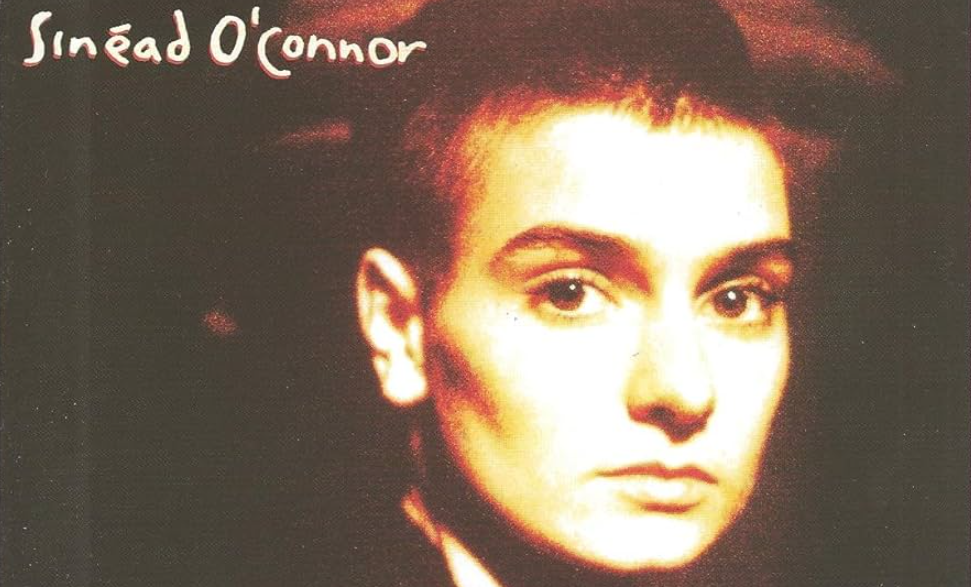
O’Connor stripped away Prince’s funk-pop production to create stark, vulnerable confession. Her haunting vocals and that iconic tear-streaked video created a cultural moment that completely overshadowed the original, which Prince wrote for his side project The Family.
Raw emotional delivery transformed well-crafted composition into devastating experience. O’Connor’s version topped charts in 13 countries, remaining a masterclass in finding a song’s emotional center and building everything around it.
9. “Torn” – Natalie Imbruglia (Original: Ednaswap)
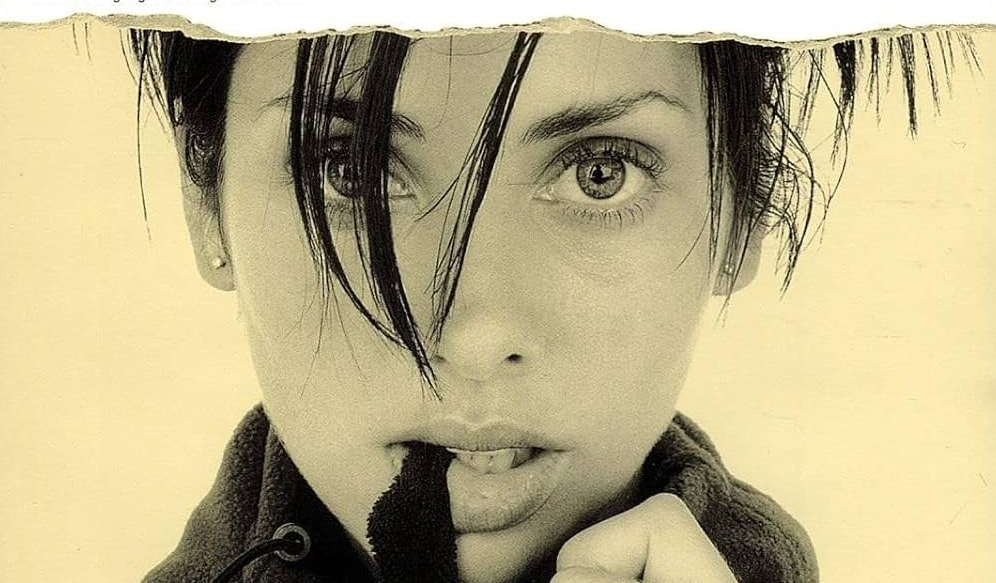
Imbruglia’s polished pop version completely eclipsed Ednaswap’s grungier original, becoming a defining late ‘90s hit. Clean production and earnest delivery transformed alternative rock track into pop radio staple that dominated charts worldwide.
Most listeners remain unaware it’s a cover, testament to how completely Imbruglia claimed ownership. Her version demonstrates how production choices and vocal approach can redefine both genre and appeal, creating something entirely new.
8. “The Sound of Silence” – Disturbed (Original: Simon & Garfunkel)

Disturbed’s orchestral metal interpretation catapulted Simon & Garfunkel’s folk classic to new generations. David Draiman’s vocals build from whisper to roar, backed by dramatic instrumentation that transforms introspective original into cinematic epic.
The cover went viral after a Conan O’Brien performance and earned Paul Simon’s praise. Disturbed’s version reveals how dramatic genre shifts can expose new dimensions in familiar material, especially when approached with genuine reverence.
7. “Take Me to the River” – Talking Heads (Original: Al Green)
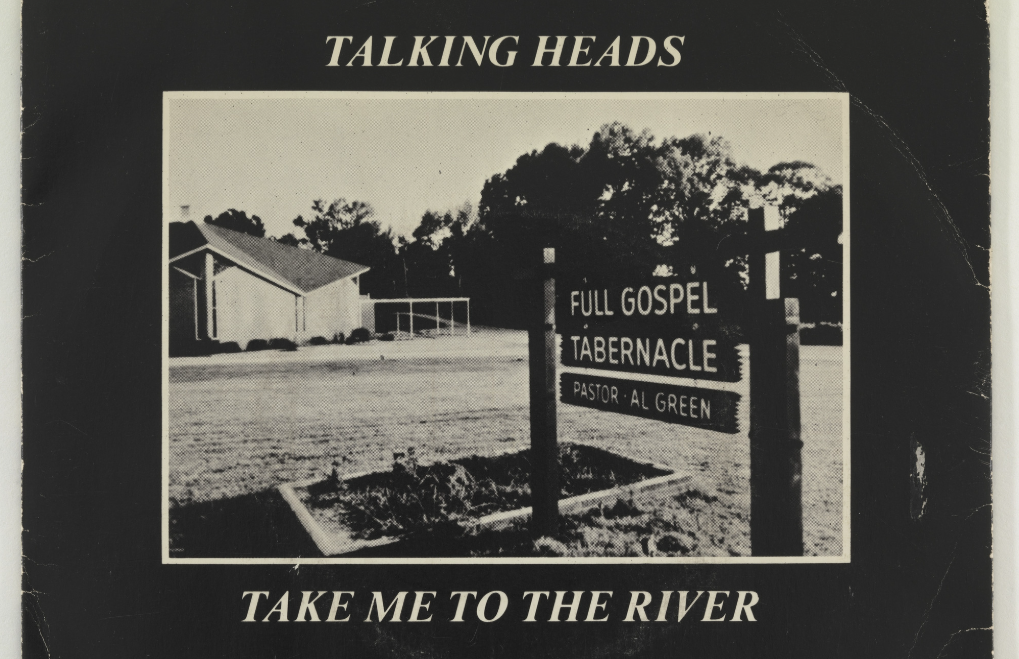
Talking Heads’ nervous energy transformed Green’s soulful original into post-punk classic. David Byrne’s distinctive vocal approach and the band’s tight, angular arrangement recontextualized R&B standard for new wave audiences perfectly.
Their version became a signature song and introduced many listeners to Green’s catalog. The cover demonstrates how artistic vision finds unexpected dimensions in familiar material, creating something both respectful and revolutionary.
6. “Smooth Criminal” – Alien Ant Farm (Original: Michael Jackson)
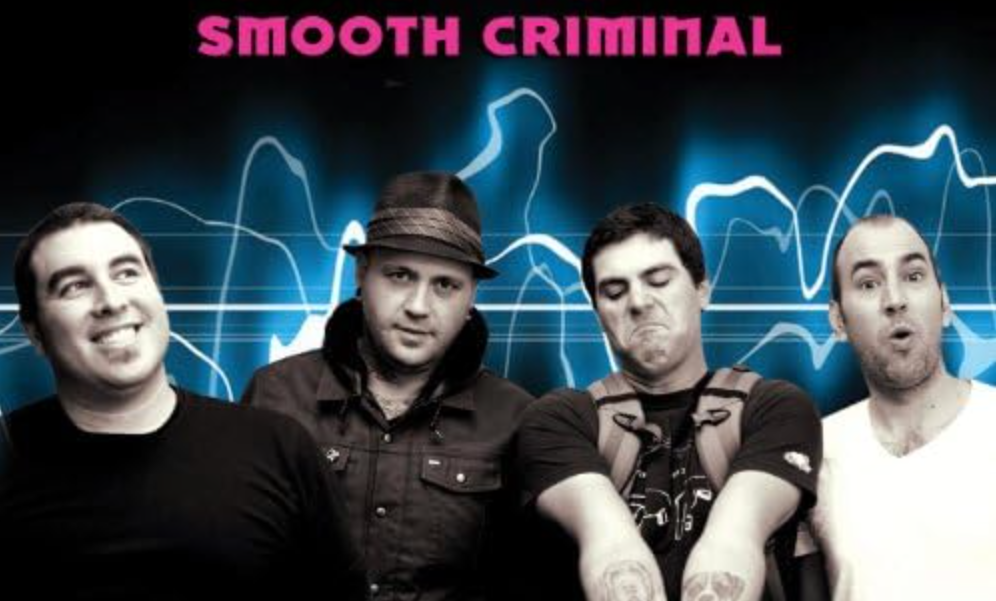
Alien Ant Farm’s nu-metal take on Jackson’s pop classic introduced the song to new generation of rock fans. Aggressive guitars and energetic performance transformed slick original into something raw and immediate.
The cover became the band’s biggest hit and earned praise for creative reinterpretation. Their version shows how crossing genre boundaries reveals unexpected qualities in familiar songs, particularly with reverent innovation.
5. “Hallelujah” – Jeff Buckley (Original: Leonard Cohen)
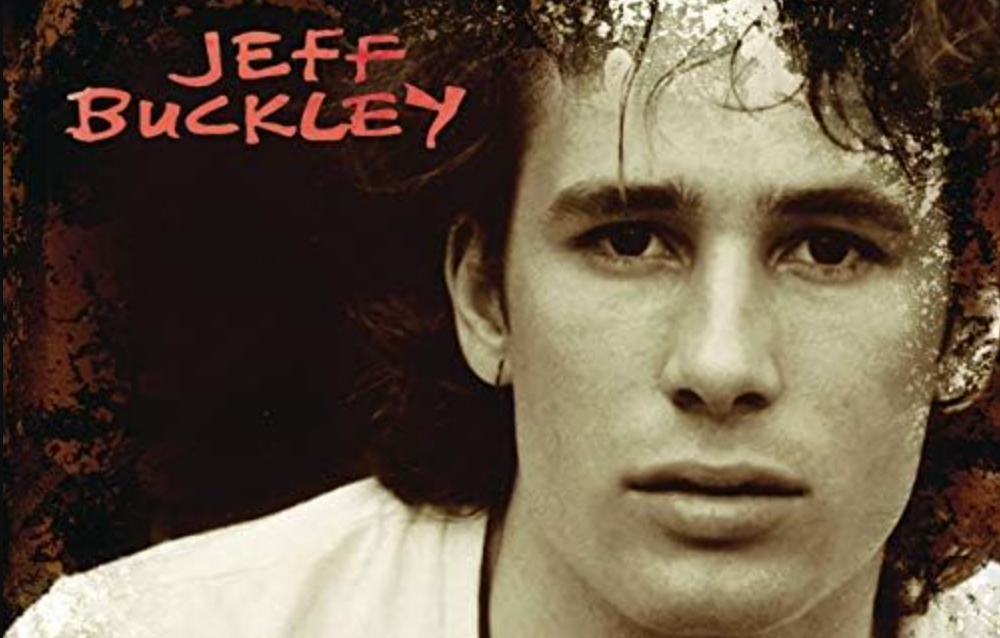
Buckley’s ethereal interpretation elevated Cohen’s composition from respected deep cut to cultural touchstone. Haunting vocals and delicate guitar work created a version so definitive it became the template for countless covers that followed. Jeff Buckley’s iconic “Hallelujah” is widely recognized as the standard by which all other covers of the song are measured. For more on Buckley’s vocal mastery, read about the note that makes Jeff Buckley’s ‘Hallelujah’ immortal.
Initially overlooked, Buckley’s version gained cult following and eventually became the standard against which all others are measured. His cover reveals how great interpretation can expose depths even creators hadn’t fully realized.
4. “I Will Always Love You” – Whitney Houston (Original: Dolly Parton)
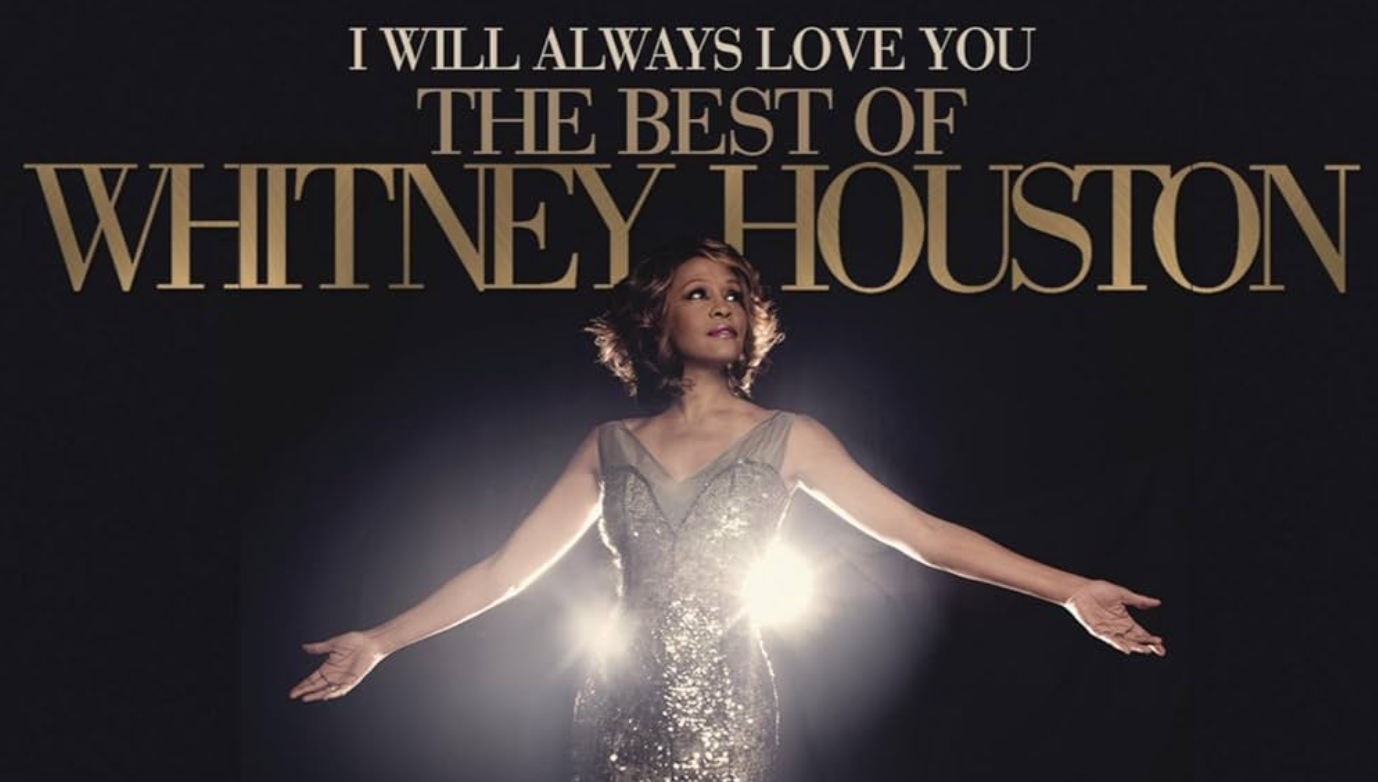
Houston transformed Parton’s gentle country farewell into vocal Olympics, shifting from G major to E major for that soaring high register. That 45-second a cappella introduction became one of music’s most recognizable moments, while her powerhouse performance elevated intimate goodbye into pop-soul epic that stretched nearly six minutes.
The Bodyguard soundtrack version sold over 20 million copies worldwide, becoming one of history’s best-selling singles. Houston’s interpretation shows how key changes and technical virtuosity can elevate without losing emotional core—like a gifted architect taking a charming cottage blueprint and constructing a breathtaking cathedral.
3. “Landslide” – The Smashing Pumpkins (Original: Fleetwood Mac)
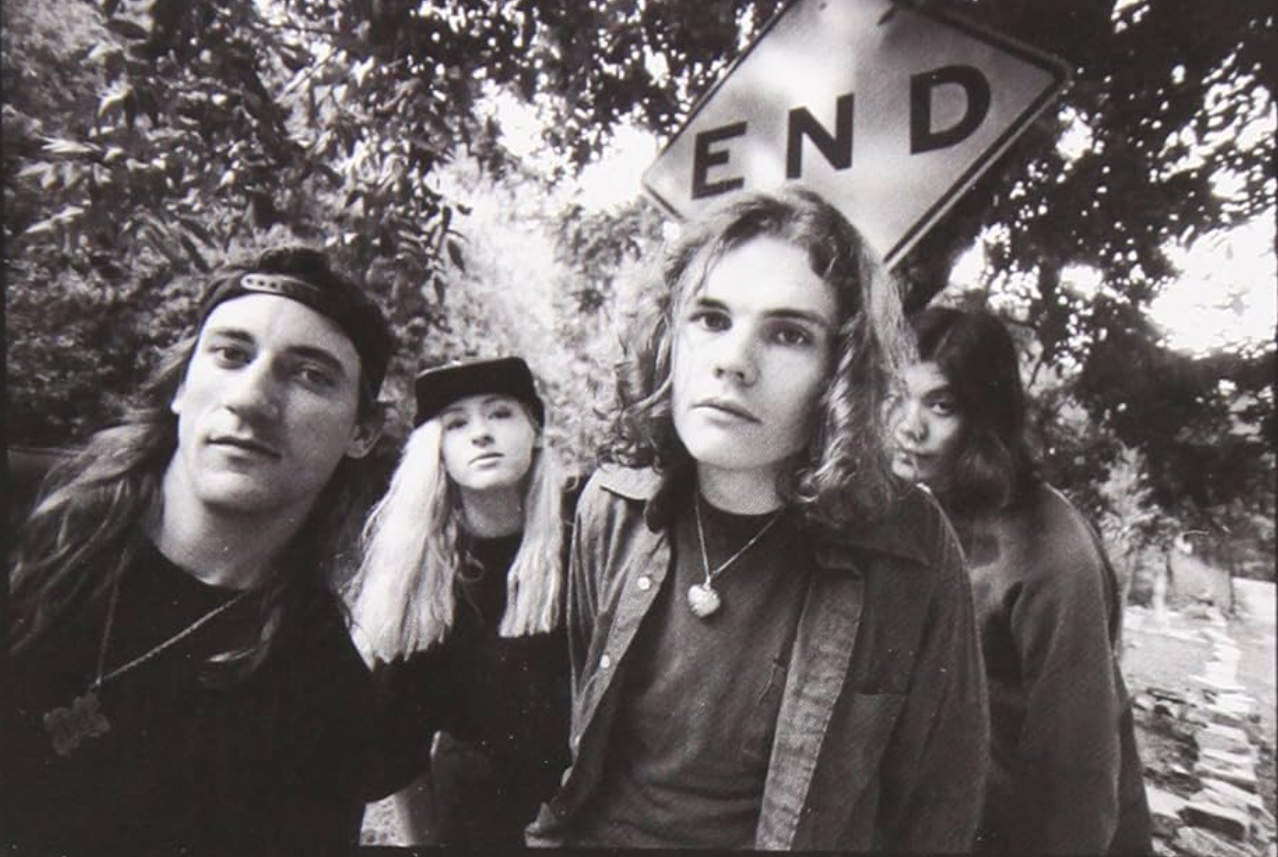
The Pumpkins brought distinctive alternative rock sensibility to Stevie Nicks’ introspective ballad. Billy Corgan’s vulnerable vocal performance revealed new dimensions in familiar composition, connecting with ‘90s alternative rock fans authentically.
Their version maintained emotional core while filtering through unique sonic palette. The cover shows how subtle reinterpretation can make classic songs resonate with entirely new audiences.
2. “The Man Who Sold the World” – Nirvana (Original: David Bowie)

Nirvana’s raw MTV Unplugged performance stripped Bowie’s glam rock original to haunting essence. Kurt Cobain’s vulnerable vocals brought new meaning to enigmatic lyrics, creating a version many younger listeners encountered before Bowie’s original. Nirvana’s MTV Unplugged rendition is credited with bringing the song renewed acclaim and emotional resonance. For more on the history of the song and Nirvana’s impact, see The Man Who Sold the World (song).
Acoustic arrangement highlighted mysterious narrative quality while renewing interest in Bowie’s glam rock gem. Nirvana’s cover serves as bridge between musical eras and audiences, proving interpretation’s connective power.
1. “Knockin’ on Heaven’s Door” – Guns N’ Roses (Original: Bob Dylan)
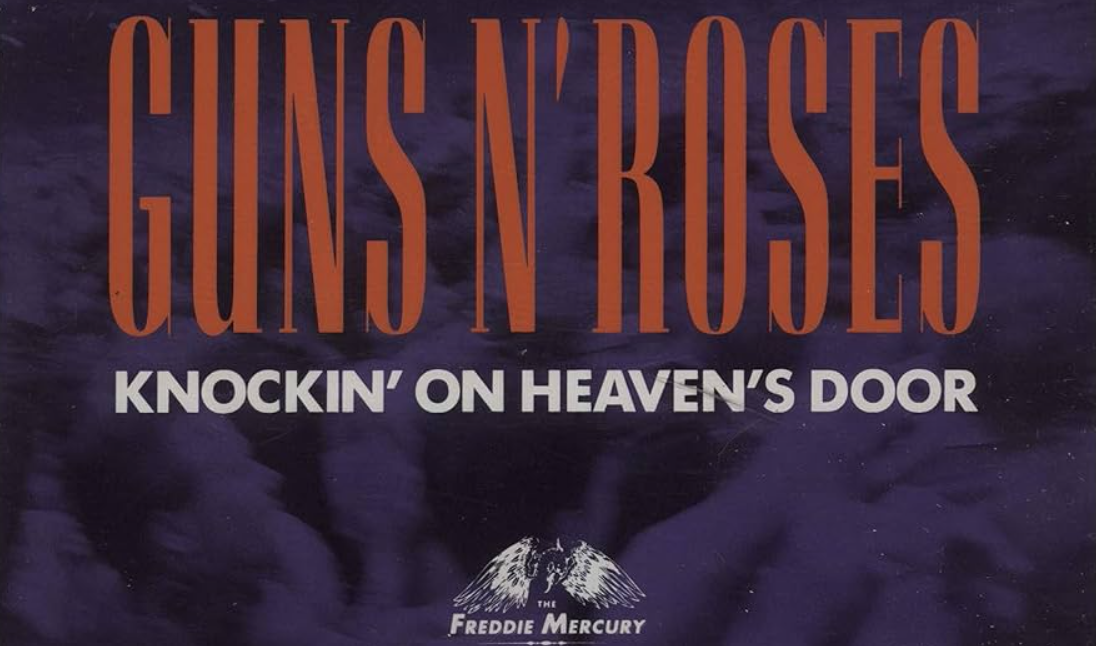
Guns N’ Roses injected Dylan’s contemplative original with signature hard rock energy. Axl Rose’s distinctive vocals and Slash’s searing guitar work transformed folk ballad into arena rock anthem that introduced the song to new generations.
Their version became a live show staple and one of their most recognized recordings. The cover demonstrates how band’s distinctive sound can recontextualize material while maintaining emotional core. Music history is full of surprises, and sometimes the biggest hits are actually covers—just look at the songs you had no idea are actually covers, which reveal how often the most iconic tracks started in someone else’s hands.




